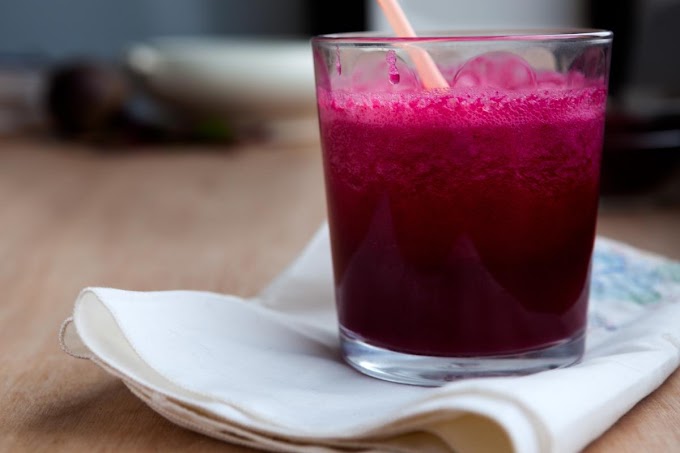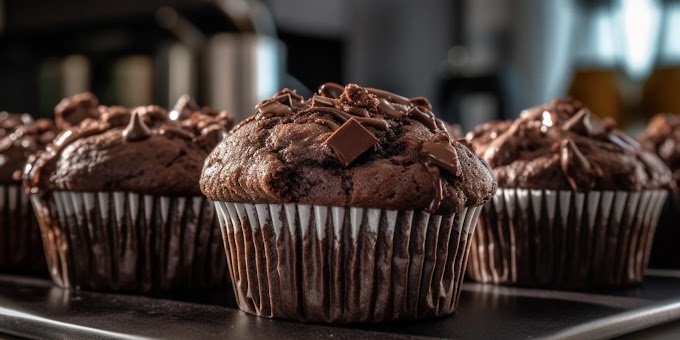Few treats are as universally loved as doughnuts! Whether glazed, powdered, or filled, doughnuts are a beloved indulgence that can be easily made at home with the right recipe and techniques. In this guide, we'll walk you through the ingredients, process, and tips for making the perfect doughnuts.
A Brief History of Doughnuts
Before we dive into the recipe, let’s take a quick look at the origins of the doughnut. While there are many theories about its origin, some believe that Dutch settlers brought the concept of fried dough to America, where it evolved into the doughnuts we know today. Over the years, doughnuts have become iconic, particularly in the United States, and are celebrated each year on National Doughnut Day.
Ingredients You’ll Need
Making doughnuts from scratch requires a handful of ingredients you likely already have in your kitchen. Here’s what you’ll need:
For the Doughnuts
3 1/2 cups all-purpose flour (plus more for dusting)
1 cup whole milk (warm)
1/3 cup sugar
2 1/4 teaspoons active dry yeast (or one packet)
1/4 cup unsalted butter (softened)
2 large eggs
1/2 teaspoon salt
1 teaspoon vanilla extract
Vegetable oil (for frying)
For the Glaze
2 cups powdered sugar
1/4 cup milk
1/2 teaspoon vanilla extract
Step-by-Step Instructions
Here’s how to make soft, fluffy, and delicious doughnuts from scratch:
1. Activate the Yeast
In a small bowl, mix the warm milk with the active dry yeast. Stir gently and let it sit for about 5 minutes until it becomes frothy. This step ensures the yeast is active, helping the dough rise well.
2. Prepare the Dough
In a large mixing bowl (or the bowl of a stand mixer), combine the flour, sugar, salt, and yeast mixture. Add the eggs, butter, and vanilla extract. Using a dough hook attachment (if available), mix on low speed until the dough comes together. If mixing by hand, knead the dough for 8-10 minutes until it’s smooth and elastic.
3. First Rise
Transfer the dough to a lightly greased bowl. Cover with a kitchen towel or plastic wrap, and let it rise in a warm area for about 1-1.5 hours, or until the dough doubles in size.
4. Shape the Doughnuts
Once the dough has risen, punch it down gently to release any air. Roll it out on a floured surface to about 1/2-inch thickness. Use a doughnut cutter (or two round cutters of different sizes) to cut out the doughnut shapes. Place the doughnuts on a baking sheet lined with parchment paper, keeping them slightly spaced apart.
5. Second Rise
Cover the doughnuts with a cloth and let them rise again for another 30-45 minutes. This second rise gives the doughnuts their light and airy texture.
6. Heat the Oil
Pour vegetable oil into a large, heavy-bottomed pot, filling it to a depth of about 2 inches. Heat the oil to 350°F (175°C). Use a thermometer to ensure the oil stays at this temperature; if it’s too hot, the doughnuts will burn on the outside while remaining raw inside.
7. Fry the Doughnuts
Carefully place a few doughnuts in the hot oil, frying them in small batches to avoid overcrowding. Fry each side for about 1-2 minutes, until golden brown. Remove the doughnuts using a slotted spoon and place them on a cooling rack lined with paper towels to drain any excess oil.
8. Prepare the Glaze
In a medium bowl, whisk together the powdered sugar, milk, and vanilla extract until smooth. If you prefer a thinner glaze, add a bit more milk; for a thicker glaze, add a little more powdered sugar.
9. Glaze the Doughnuts
Once the doughnuts have cooled slightly, dip the tops into the glaze, letting any excess drip off. Place them back on the rack to allow the glaze to set. If you’re feeling adventurous, you can also add sprinkles, chocolate drizzle, or coconut flakes to your glazed doughnuts.
Tips for Perfect Doughnuts
Here are a few extra tips to help you make doughnuts that rival those from your favorite bakery:
Use a Thermometer: Maintaining the correct oil temperature is crucial for achieving a perfectly cooked doughnut. If the oil is too hot, the outside will brown quickly while the inside remains undercooked. Too cool, and the doughnuts will absorb too much oil and become greasy.
Don’t Overmix the Dough: Overmixing can lead to tough doughnuts. Mix just until all the ingredients are combined and the dough is smooth.
Practice Patience with Rising: Allowing the dough to rise properly during both the first and second rise is key to achieving a light, airy texture.
Experiment with Fillings and Toppings: Once you’re comfortable with the basic doughnut recipe, try adding fillings like jam or custard. You can also experiment with different glazes and toppings for a variety of flavors.
Store Properly: If you have leftover doughnuts (although they’re best eaten fresh), store them in an airtight container at room temperature. Avoid refrigerating them, as they can become stale more quickly in the fridge.
Fun Variations to Try
The classic glazed doughnut is just the beginning! Here are a few fun variations you can try:
1. Chocolate Doughnuts
For chocolate lovers, add 1/4 cup of cocoa powder to the dough and top with a chocolate glaze. You can make the glaze by melting chocolate chips with a bit of heavy cream.
2. Filled Doughnuts
After frying, use a piping bag to fill the doughnuts with your favorite filling, such as custard, raspberry jam, or even Nutella. Dust the tops with powdered sugar for an extra treat.
3. Cinnamon Sugar Doughnuts
Instead of glazing, toss the warm doughnuts in a cinnamon-sugar mixture (1/2 cup sugar and 1 tablespoon cinnamon) immediately after frying for a classic, sugary coating.
4. Maple Glazed Doughnuts
For a richer glaze, replace some or all of the milk in the glaze recipe with maple syrup. Top with a sprinkle of crushed nuts for added texture.
Nutritional Information
Though doughnuts are a treat, it’s good to be aware of their nutritional content:
Calories: Around 300 per doughnut (depending on size and toppings)
Carbohydrates: Approximately 40 grams
Fat: About 12 grams
Protein: 4 grams
Note: Nutritional values vary based on ingredients and portions.
Why Make Homemade Doughnuts?
Homemade doughnuts allow you to control the ingredients, create unique flavors, and enjoy the satisfaction of making them from scratch. Plus, the aroma of freshly fried doughnuts filling your kitchen is truly unbeatable. Store-bought doughnuts are convenient, but the taste of a fresh, warm doughnut straight out of your kitchen is something special.
Conclusion
Doughnuts are a timeless treat that, while a bit indulgent, brings a lot of joy to any occasion. Making doughnuts from scratch at home can be a fun and rewarding experience, with endless possibilities for customization. By following this recipe, you’ll be able to make light, airy, and delicious doughnuts that will impress family and friends alike. So, get your ingredients ready, fire up the fryer, and enjoy the process of creating these delightful treats right in your own kitchen.








Social Plugin